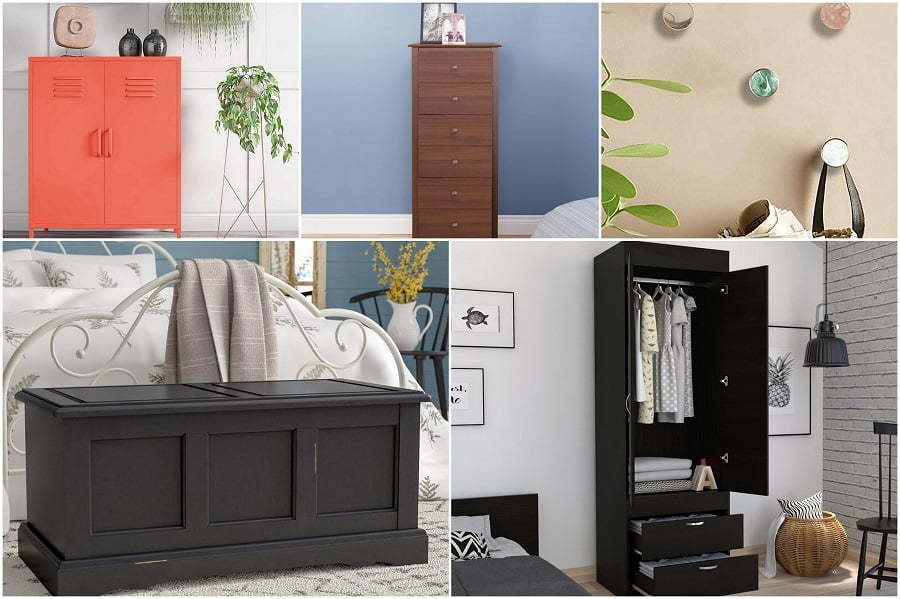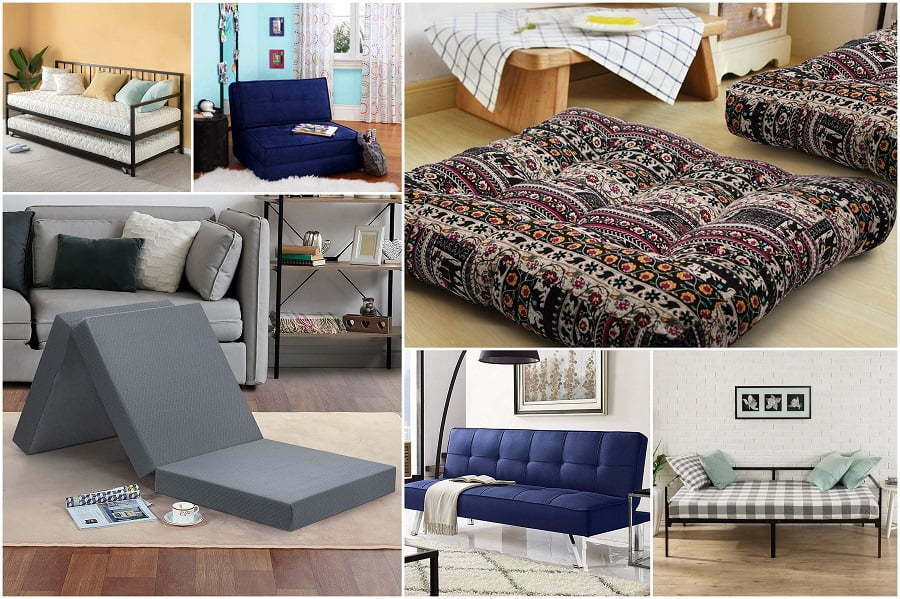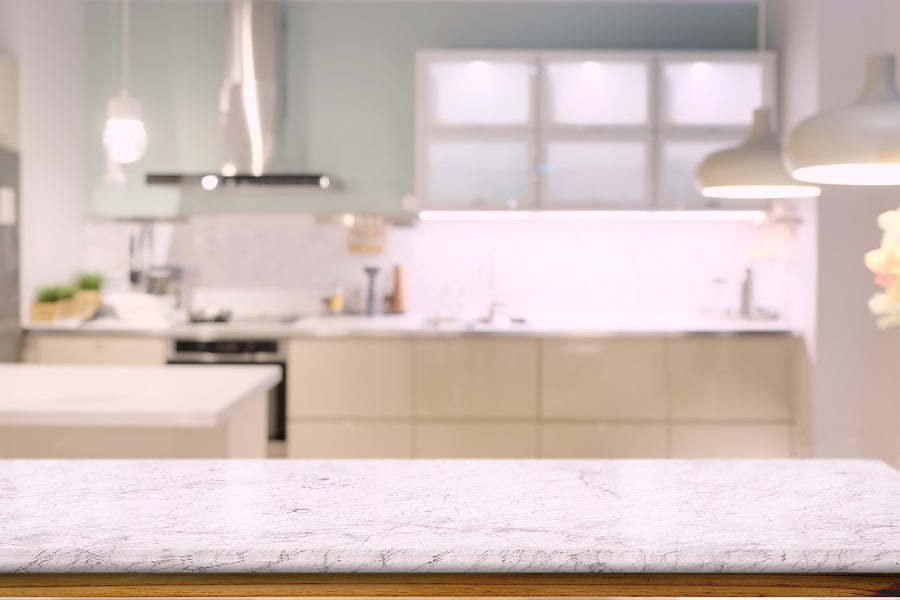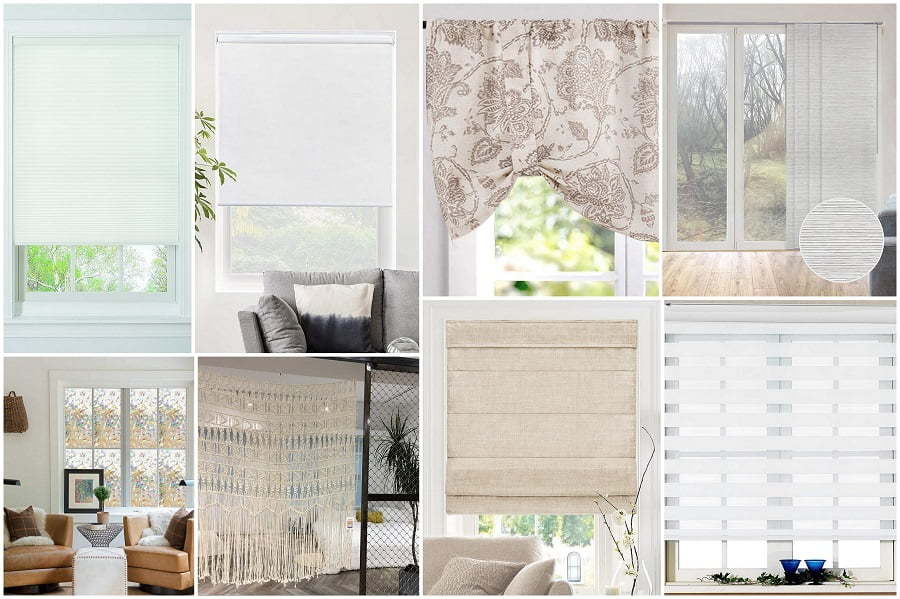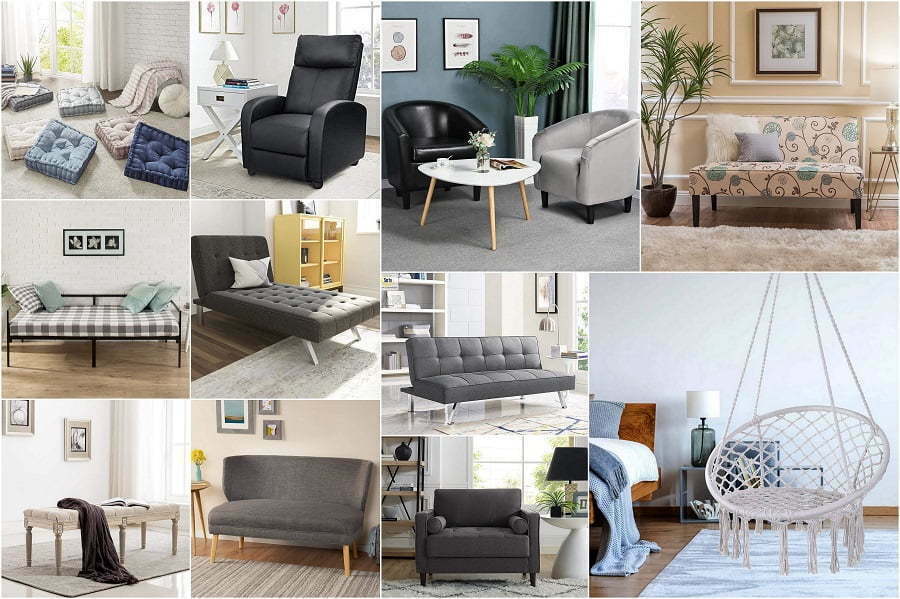Last updated on
Discover innovative roof slate alternatives that provide durability, aesthetic appeal, and eco-friendly benefits for your home improvement project.
Are you looking for a unique and budget-friendly way to add some character to your home’s exterior? Look no further than roof slate alternatives! While traditional slate roofs can be expensive, there are plenty of creative and cost-effective options that can give your home a stunning new look.
In this article, we’ll explore 20 different roof slate alternatives that will help you achieve the aesthetic you’re looking for without breaking the bank.
We’ve got something for everyone from eco-friendly options like recycled rubber shingles to eye-catching metal tiles. So whether you’re renovating an older home or just want to give your current one a facelift, read on for some great ideas on how to update your roof in style!
Metal Roofing
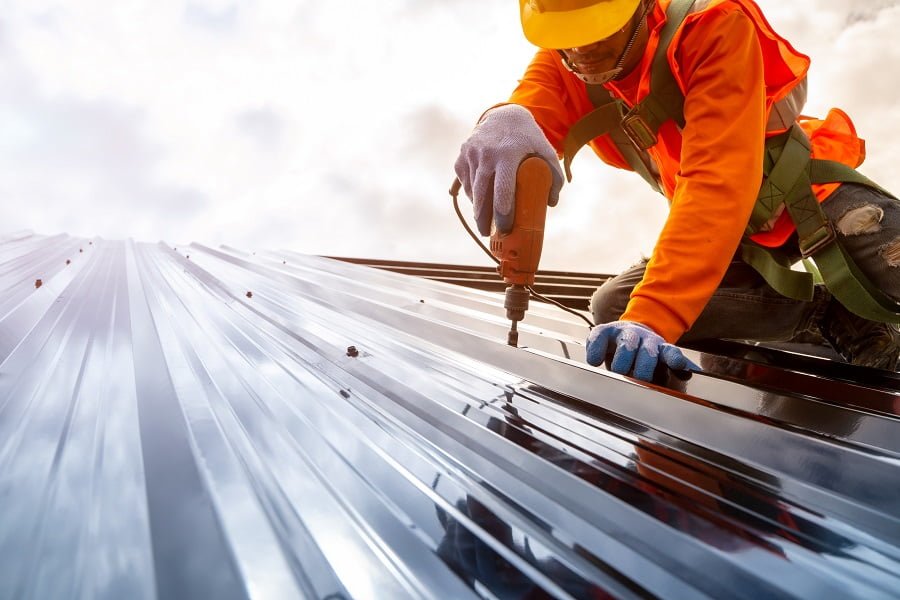
Metal roofing is a popular alternative to traditional roof slates. It is durable, long-lasting and requires minimal maintenance.
Metal roofs come in various materials such as aluminum, copper, zinc or steel and can be shaped into different styles like shingles or panels. They are also energy-efficient as they reflect sunlight which helps keep the house cool during hot weather conditions.
Metal roofs are fire-resistant making them an ideal choice for areas prone to wildfires. While metal roofing may cost more upfront than other alternatives on this list it has a longer lifespan which makes it worth the investment in the long run especially if you plan on staying in your home for many years to come!
Asphalt Shingles
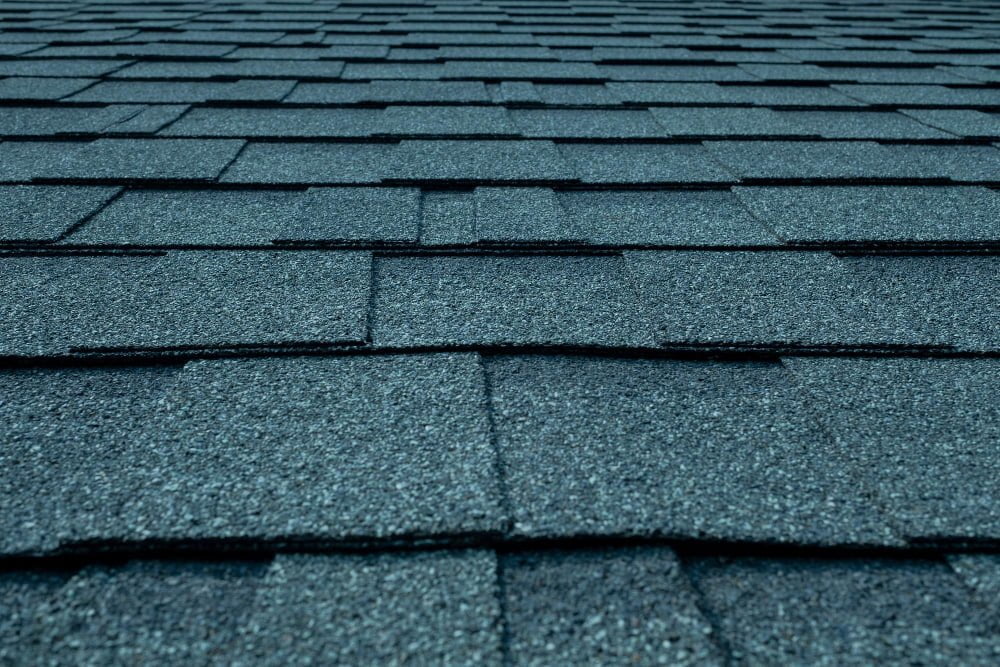
Asphalt shingles come in a variety of colors, textures, and styles that can mimic the look of natural slate or wood shakes. Asphalt shingles are made from fiberglass mats coated with asphalt and mineral granules for added durability.
One advantage of asphalt shingles is their ease of installation compared to other roofing materials. They can be installed quickly by professionals or even DIY enthusiasts with some experience in roofing projects.
Another benefit is their low maintenance requirements as they do not require regular cleaning or treatment like other types of roofs such as wooden shakes.
However, it’s important to note that asphalt shingles have a shorter lifespan than some other alternatives like metal roofs or clay tiles. On average, they last between 15-30 years depending on the quality and thickness chosen for your project.
Solar Tiles
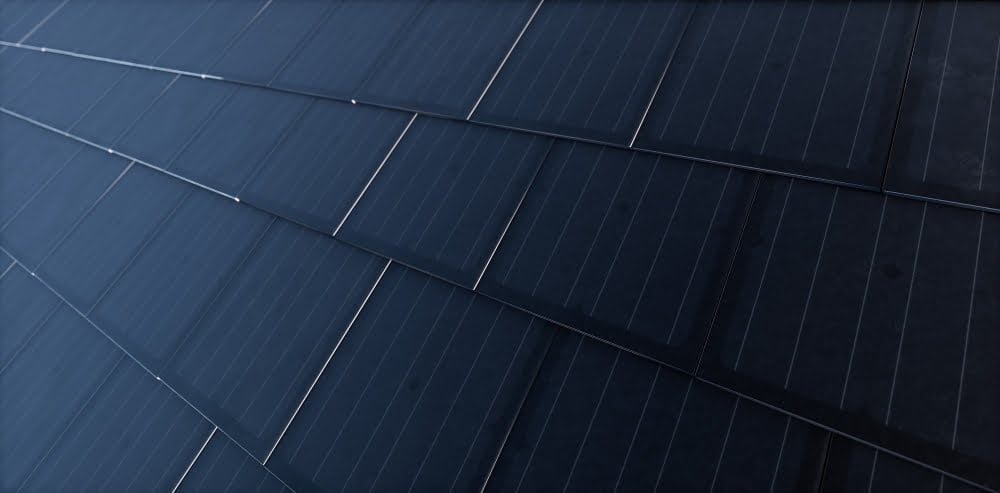
Solar tiles look like traditional roof shingles but have photovoltaic cells embedded within them, allowing them to generate electricity from the sun’s energy. Solar tiles can be an excellent alternative for homeowners who want to reduce their carbon footprint and save money on their energy bills.
One of the main advantages of solar tiles is that they are highly durable and long-lasting, with some manufacturers offering warranties up to 25 years or more. They also require little maintenance beyond occasional cleaning, making them a low-maintenance option for homeowners.
While solar tile installation costs may be higher than traditional roofing materials upfront, over time they can pay off through reduced energy bills and potential tax credits or incentives offered by local governments. Many states offer net metering programs where excess power generated by your solar panels can be sold back to the grid at market rates.
Green Roofs
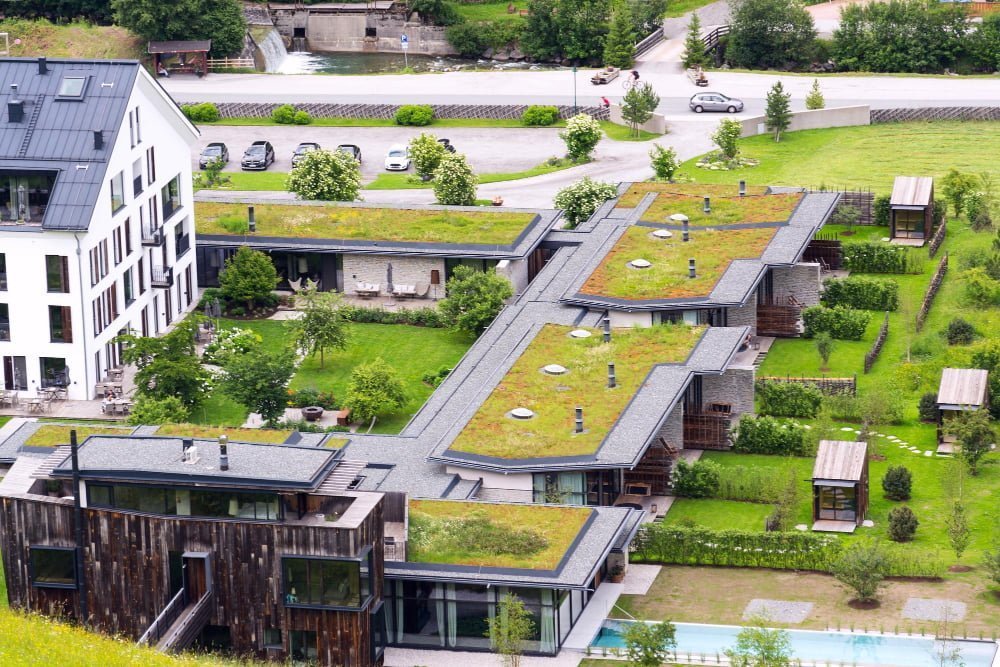
Green roofs consist of a layer of vegetation planted on top of the roofing system, providing numerous benefits for both the environment and homeowners. Green roofs can help reduce energy costs by insulating buildings, absorb rainwater which reduces runoff into storm drains, improve air quality by filtering pollutants from the air, and provide habitats for birds and insects in urban areas where green space is limited.
They add an attractive aesthetic element to any home or building while also increasing property value. While green roofs require more maintenance than traditional roofing systems due to their living components such as plants that need watering regularly; they offer long-term cost savings through reduced energy bills over time making them an excellent investment option for those looking towards sustainable living solutions with added environmental benefits.
Rubber Slate
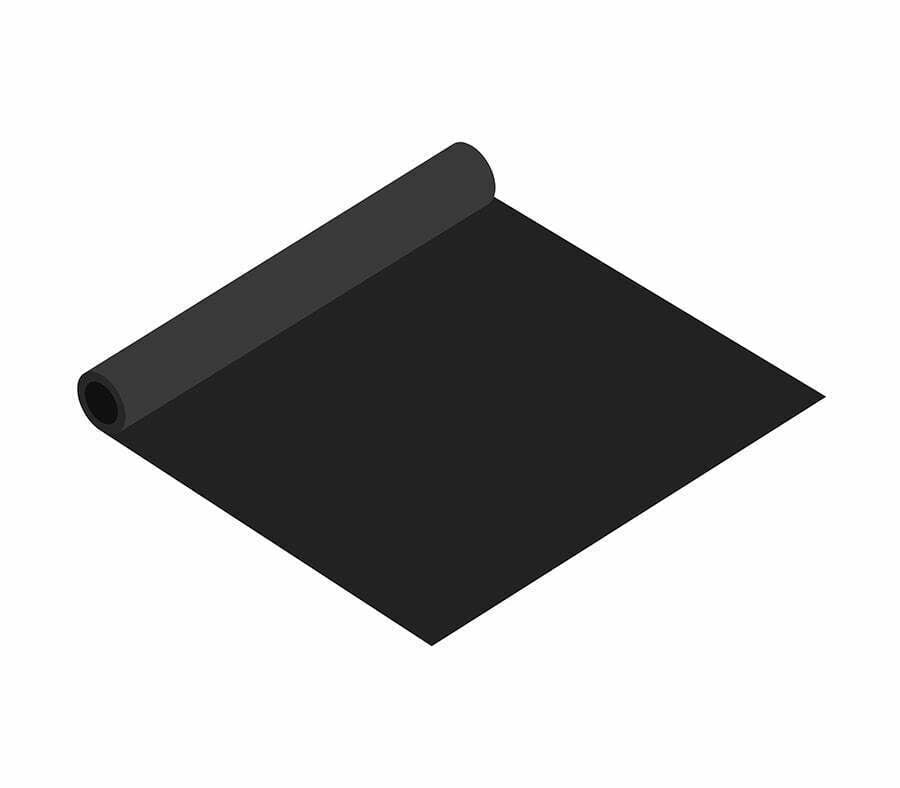
Rubber slate is made from recycled rubber and plastic, which makes it an eco-friendly option for homeowners who want to reduce their carbon footprint. Rubber slate has many benefits, including its durability and resistance to extreme weather conditions such as hailstorms or heavy rainfalls.
It requires very little maintenance compared to other roofing materials like wood or metal.
One of the main advantages of rubber slate is that it can be easily installed over existing roofs without the need for any additional structural support. This means that homeowners can save money on installation costs while still achieving a beautiful and functional roof design.
Another benefit of using rubber slate is its versatility in terms of color options available in the market today; this allows you to choose from various shades that complement your home’s exterior decor perfectly.
Clay Tiles
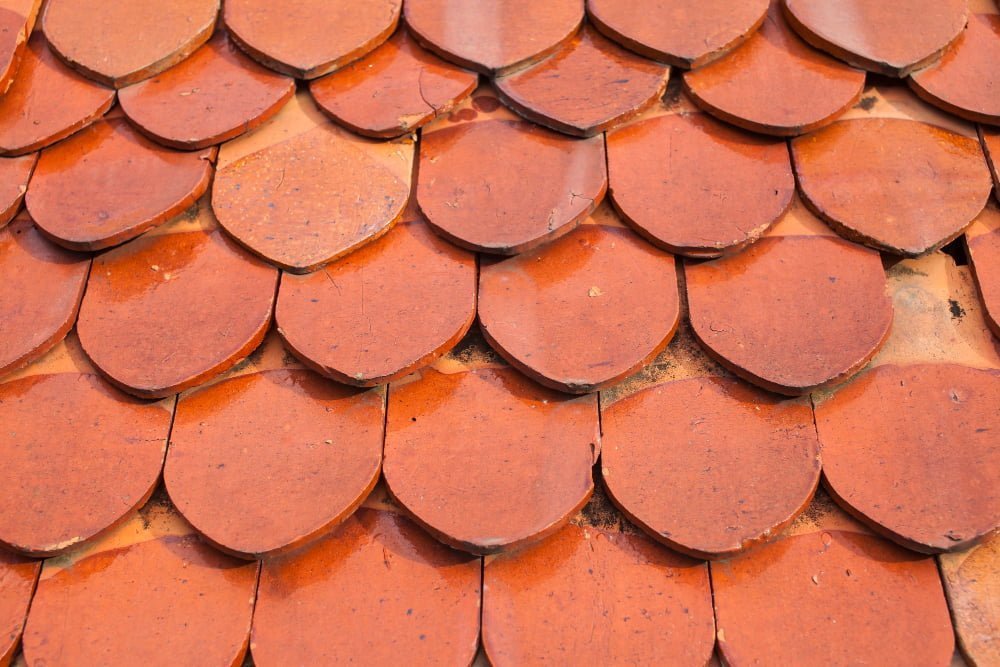
Clay tiles come in various shapes, sizes, and colors that can complement any home design. Clay tiles are made from natural materials and have been used for centuries due to their durability and longevity.
One of the benefits of clay tiles is their ability to withstand extreme weather conditions such as heavy rain, strong winds, hailstorms or even fire. They also provide excellent insulation which helps keep your home cool during hot summer months.
However, it’s important to note that clay tile installation requires professional expertise since they’re heavier than other roofing materials like asphalt shingles or metal sheets. Regular maintenance is necessary for them to last longer.
Concrete Tiles

Concrete tiles come in various shapes, sizes, and colors that can mimic the look of natural stone or clay tiles. Concrete is durable and long-lasting, making it an excellent choice for areas with harsh weather conditions.
It is also fire-resistant and energy-efficient since it reflects sunlight instead of absorbing heat like asphalt shingles.
One advantage of concrete tiles over other materials is their affordability compared to natural slate or clay options. They are relatively easy to install but require professional installation due to their weight.
Another benefit of concrete tile roofs is that they require minimal maintenance once installed properly. Regular cleaning will help prevent moss growth on the surface, which can cause damage if left unchecked.
Corrugated Panels
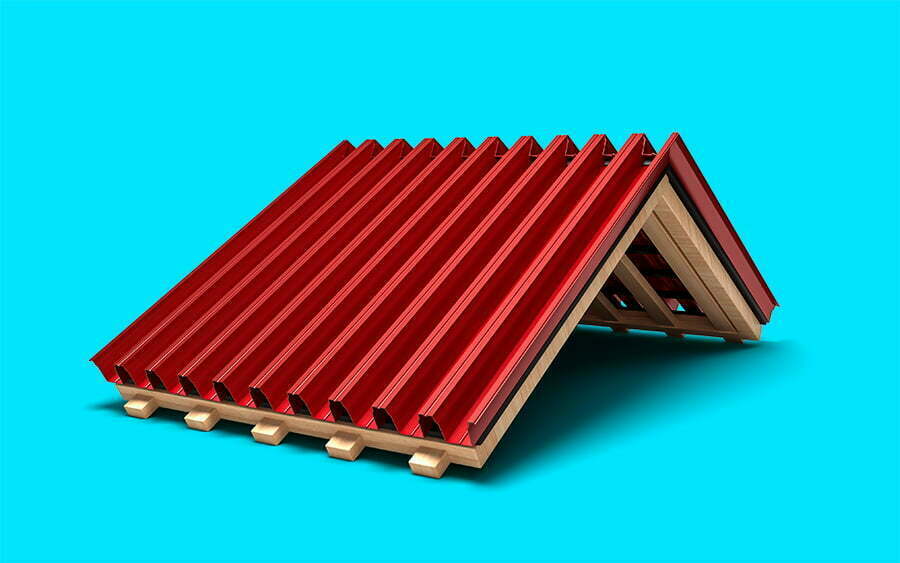
Corrugated panels are made of metal and have a wavy pattern that adds texture and visual interest to the roof. Corrugated panels come in different materials such as steel, aluminum, or copper, which makes them durable and long-lasting.
One of the benefits of using corrugated panels is their affordability compared to other roofing options. They also require minimal maintenance since they do not crack or rot like wood shingles.
Another advantage is their versatility in terms of design possibilities. Corrugated panels can be painted in various colors or coated with reflective materials for energy efficiency purposes.
However, it’s important to note that corrugated panel roofs may not be suitable for areas with high winds due to their lightweight nature. Installation requires expertise since improper installation can lead to leaks over time.
Wooden Shakes
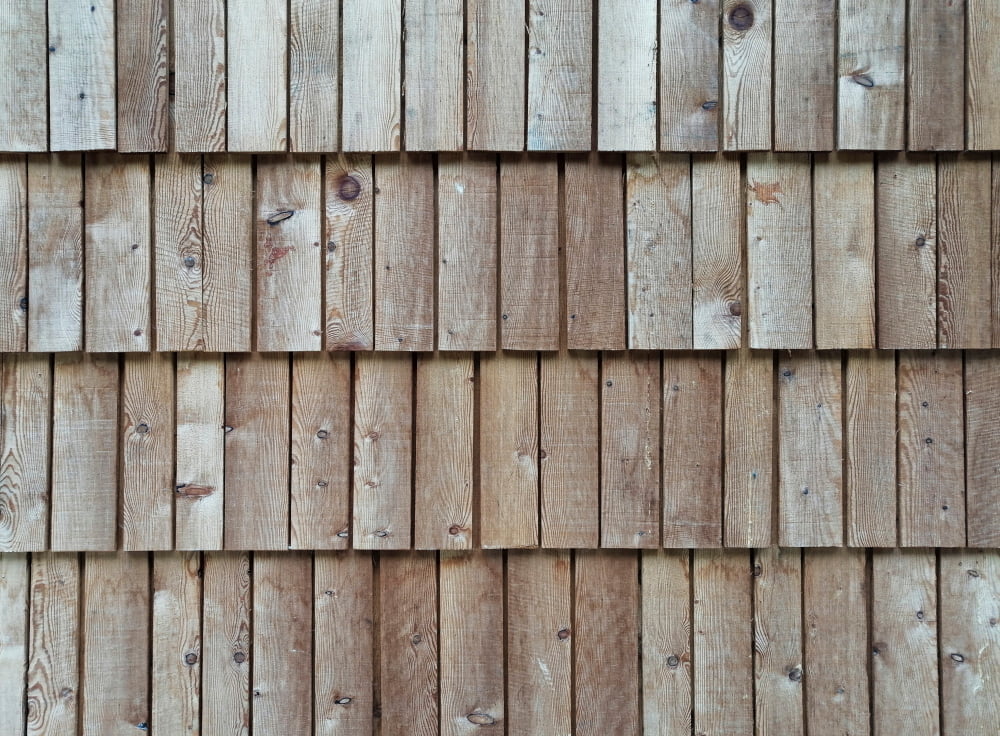
Wooden shakes offer a natural and rustic look that can add charm and character to any home. Wooden shakes are typically made from cedar, redwood, or pine trees that have been split by hand or machine into thin sections.
One of the benefits of wooden shakes is their durability. When properly installed and maintained, they can last up to 30 years or more.
They also provide good insulation for your home which helps reduce energy costs.
However, there are some downsides to using wooden shakes as an alternative roofing material. One major concern is fire resistance; wood is highly flammable so it’s important to check with local building codes before installing them on your roof.
Another potential issue with wooden shake roofs is maintenance requirements; they need regular cleaning and treatment in order to prevent rotting or warping over time.
Plastic Polymer
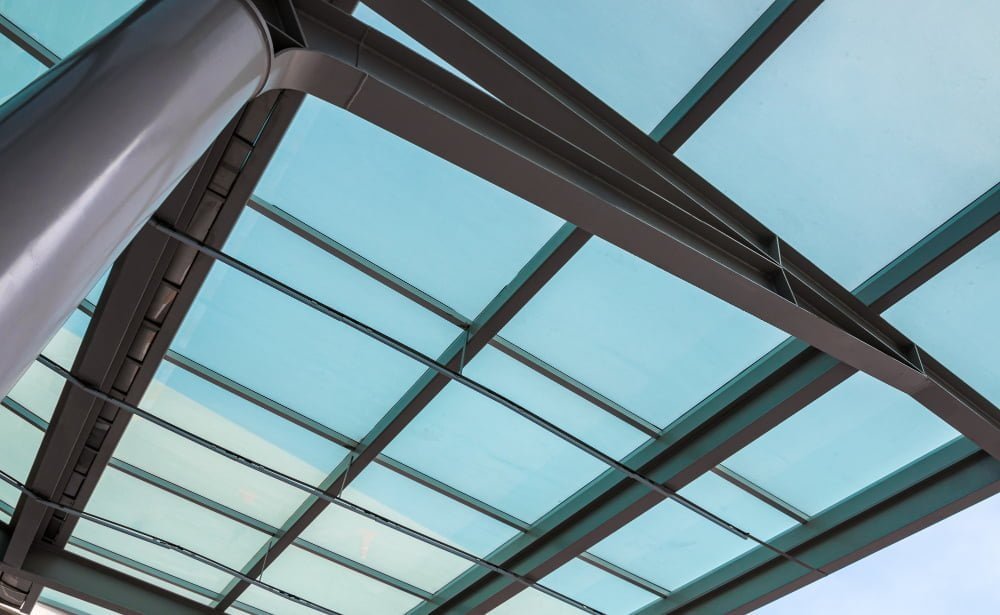
Made from high-density polyethylene, plastic polymer roofing tiles are lightweight and easy to install. They come in a variety of colors and styles, including those that mimic the look of natural slate or wood shakes.
One advantage of plastic polymer roofing is its resistance to harsh weather conditions such as hailstorms, heavy rainfalls, strong winds or extreme temperatures. It also requires minimal maintenance compared with other materials like wood shakes which need regular treatment against rotting.
Another benefit is that it’s eco-friendly since most manufacturers use recycled materials in their production process making them an excellent choice for homeowners who want sustainable options for their homes.
Thermoset Membrane
This type of roofing material is made from synthetic rubber and offers excellent durability, flexibility, and resistance to UV rays. It can be installed in a variety of ways including fully adhered or mechanically fastened systems.
One major advantage of thermoset membrane roofing is its ability to withstand extreme temperatures without cracking or splitting. It also has low maintenance requirements which make it an ideal choice for homeowners who want long-lasting protection without the hassle.
Another benefit of this type of roofing material is that it comes in a range of colors and textures, allowing you to customize your roof’s appearance according to your preferences. Thermoset membranes are environmentally friendly as they are recyclable at the end-of-life stage.
Bitumen Roll Roofing
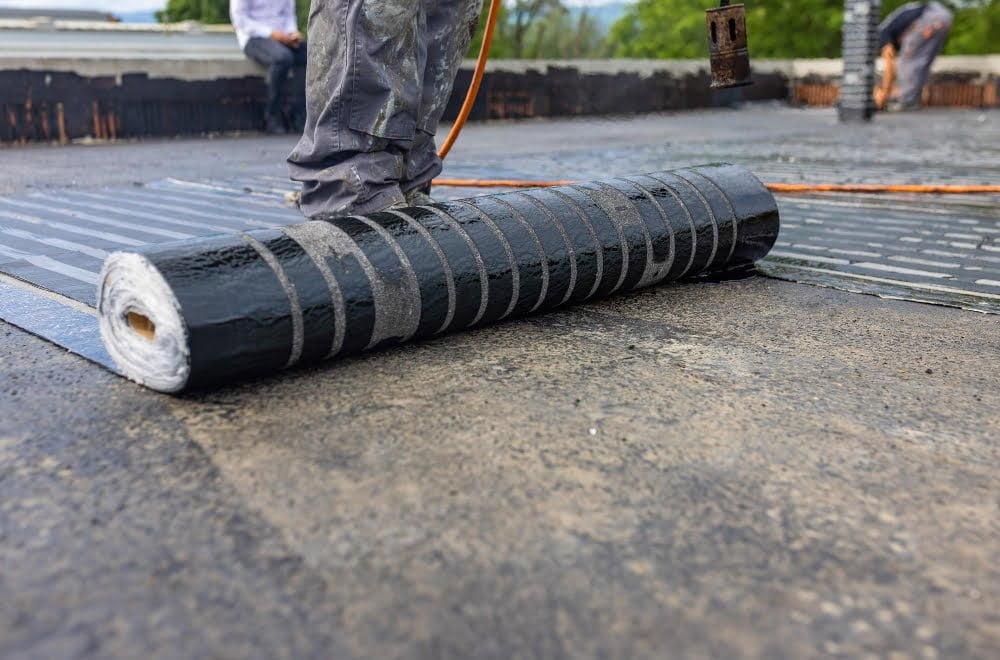
It is made from asphalt and reinforced with fiberglass or polyester. This type of roofing material comes in rolls that are easy to install, making it an ideal choice for DIY enthusiasts who want to save money on installation costs.
One of the main advantages of bitumen roll roofing is its durability. It can withstand harsh weather conditions such as heavy rain, snow, and strong winds without cracking or breaking apart.
It has a long lifespan compared to other types of roofing materials.
Another benefit of bitumen roll roofing is its affordability. It costs significantly less than natural slate roofs while still providing similar benefits in terms of protection against the elements and insulation properties.
Fiber Cement Shingles
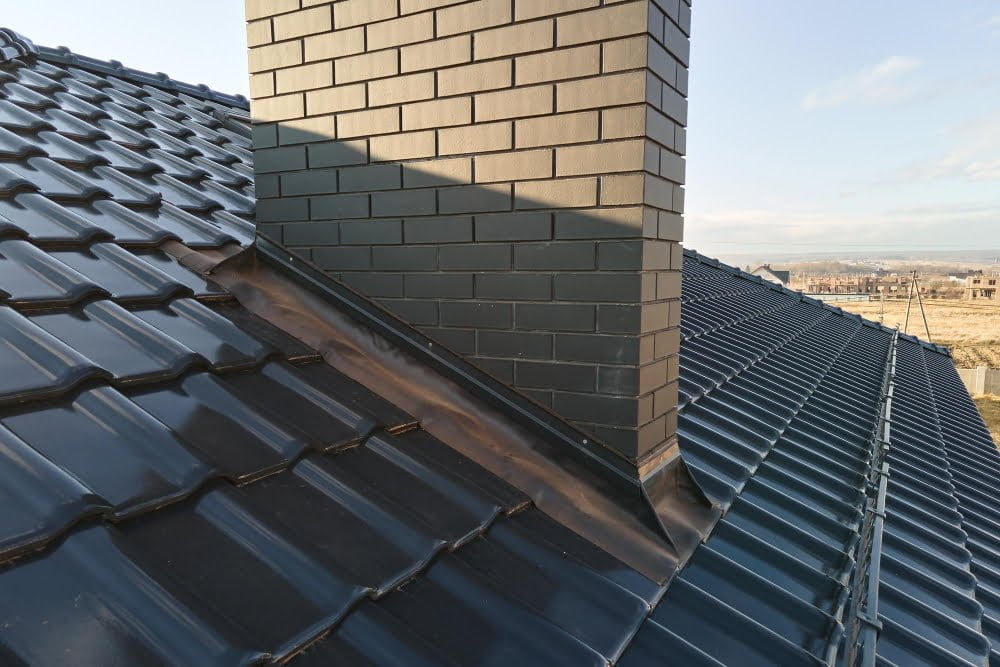
Made from a mixture of cement, sand, and cellulose fibers, these shingles offer durability and resistance to fire, insects, and rot. They come in various colors that can mimic the look of natural slate or wood shakes.
Fiber cement shingles are also lightweight compared to other roofing materials which makes them easier to install without compromising on strength or longevity. They require minimal maintenance over their lifespan which can last up to 50 years with proper care.
Overall fiber cement shingles provide an affordable option for homeowners who want the aesthetic appeal of roof slate without breaking the bank on installation costs or ongoing maintenance expenses.
Living Roof Systems
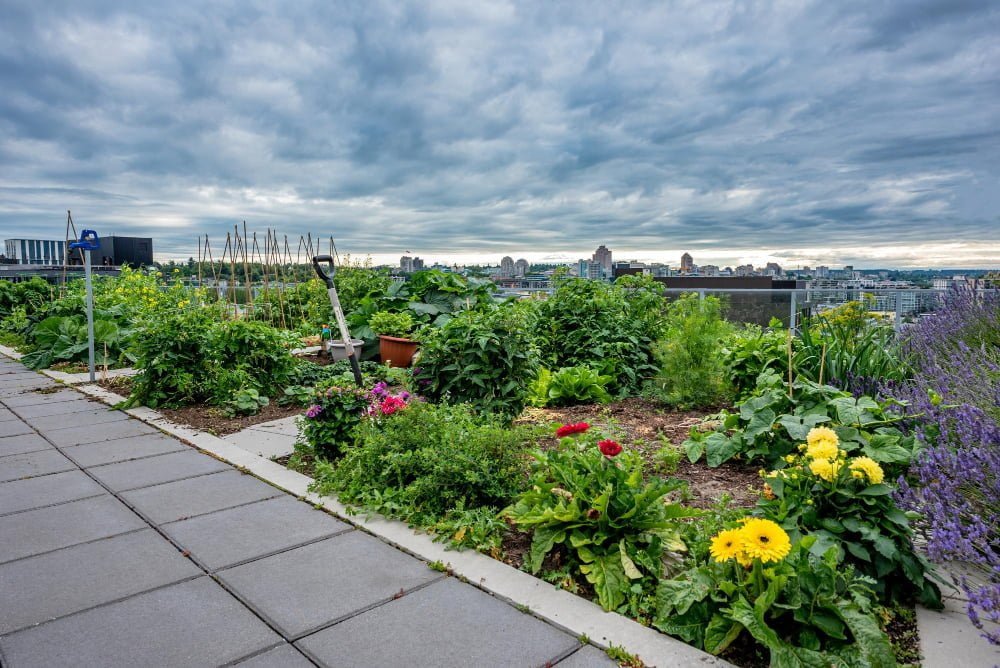
These roofs consist of layers of vegetation, soil, and drainage materials that create a natural insulation barrier for your home. Not only do they provide an attractive aesthetic appeal to your property but also offer numerous benefits such as reducing energy costs by keeping the house cool in summer and warm in winter.
The plants used on living roof systems can be chosen based on their ability to thrive in the local climate conditions. They require minimal maintenance once established, making them ideal for homeowners who want low-maintenance roofing options.
One thing you should consider before installing this type of roofing is its weight-bearing capacity since it requires additional structural support due to its added weight compared with other types of roofing materials.
Recycled Materials

Many types of recycled roofing materials are available, including rubber, plastic, and metal. These materials can be made from a variety of sources such as old tires or discarded plastic bottles.
One popular type of recycled roofing material is rubber shingles. Made from old tires that have been ground up and processed into shingles, these roofs offer excellent durability and resistance to weathering.
They also come in a range of colors and styles to suit any home’s aesthetic.
Another option is using reclaimed wood for your roof instead of traditional slate tiles or asphalt shingles. This not only gives your home an eco-friendly touch but also adds character with the unique textures found in each piece.
Bamboo Roofing
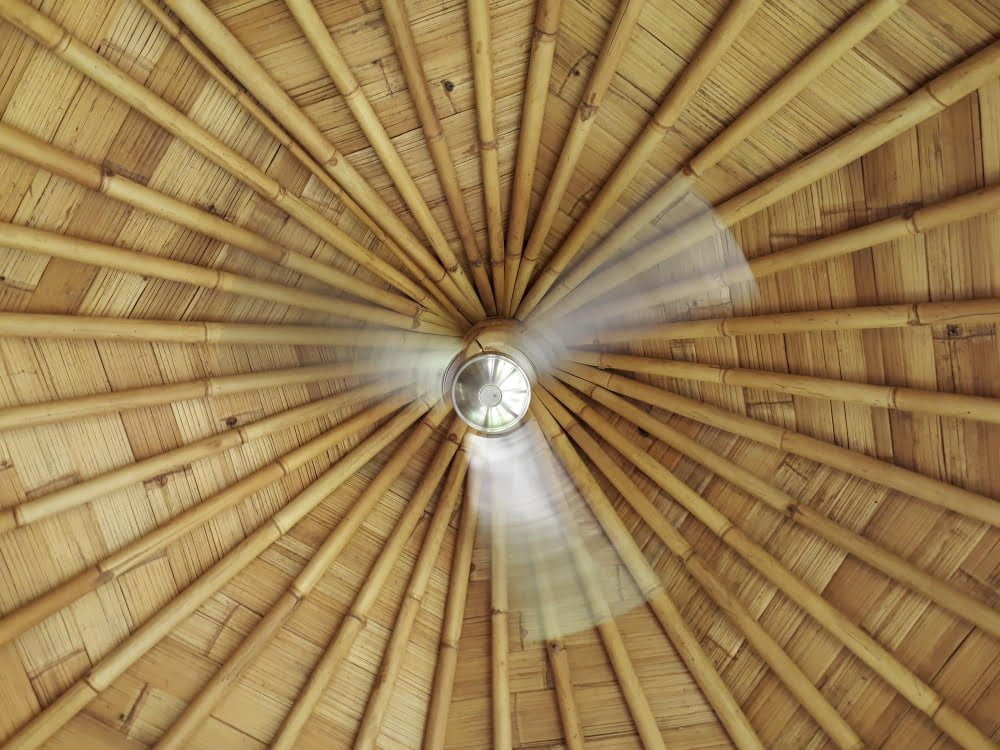
Bamboo is a fast-growing, renewable resource that can be harvested without causing damage to the environment. It has natural insulating properties which make it ideal for use in hot climates as it helps keep homes cool during summer months.
Bamboo roofing comes in different styles and sizes, ranging from small tiles to large panels. The installation process of bamboo roofing is similar to other types of roofs but requires special care due to its lightweight nature.
One advantage of using bamboo as a roofing material is its durability; when properly installed and maintained, it can last up 20 years or more. Bamboo roofs are resistant against insects such as termites which makes them low maintenance compared with other materials like wood shakes or shingles.
Synthetic Resin
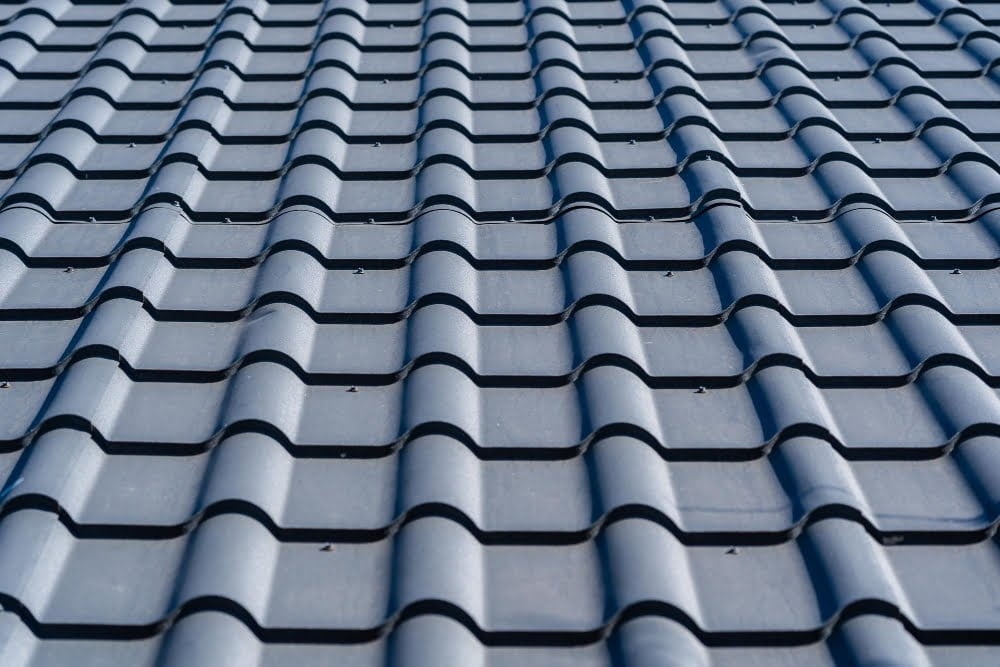
Synthetic resin is made from a combination of plastic and rubber, which makes it lightweight, durable and easy to install. Synthetic resin roofing comes in various colors and styles that mimic the look of natural slate or wood shake shingles.
One advantage of synthetic resin roofing is its resistance to extreme weather conditions such as hailstorms, heavy rainfalls or strong winds. It also has excellent insulation properties that help reduce energy costs by keeping your home cool during summer months and warm during winter months.
Another benefit of synthetic resin roofing is its low maintenance requirements compared to other materials like wood shakes or clay tiles. It does not require regular cleaning nor sealing treatments which saves you time and money in the long run.
Aluminium Composite
It consists of two thin aluminium sheets bonded to a non-aluminium core, which provides strength and durability. This material is lightweight, easy to install and maintain, making it an excellent choice for homeowners on a budget who want an attractive yet affordable roofing option.
One of the benefits of using aluminium composite as your roofing material is its versatility in design options. You can choose from various colours and finishes that mimic natural materials such as wood or stone without the added weight or cost.
Another advantage of this type of roofing material is its resistance to weathering elements like rain, wind and hail damage. Aluminium composite roofs are also fire-resistant due to their non-combustible nature.
Stone-coated Steel
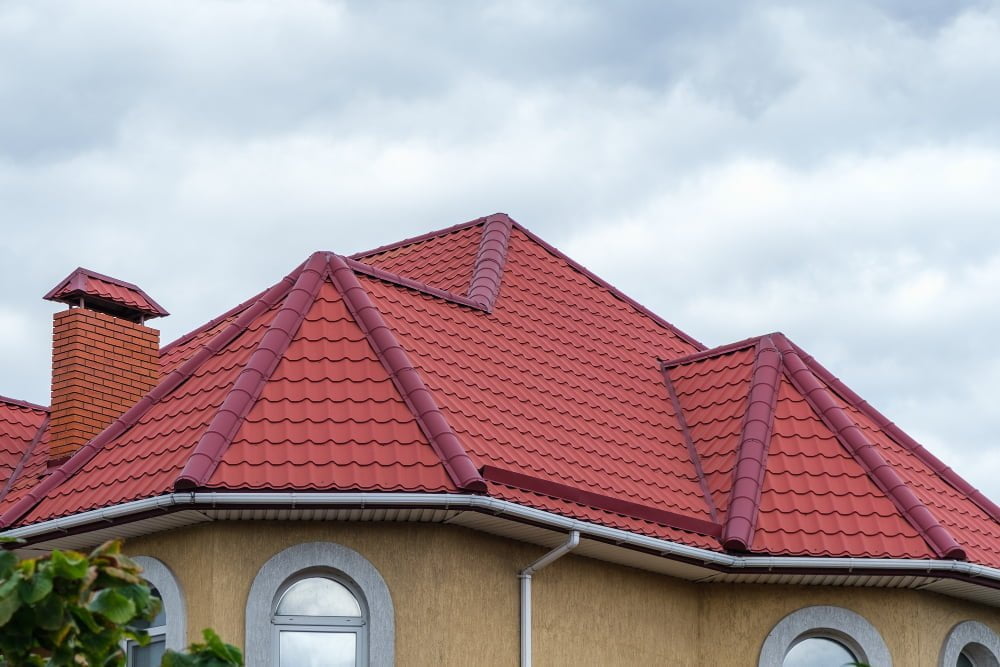
Stone-coated steel consists of a galvanized metal sheet coated with acrylic resin and natural stone chips. The result is a roof that looks like traditional slate or clay tiles but has better resistance to weather, fire, and impact damage.
One advantage of using stone-coated steel for your roof is its longevity. This type of roofing can last up to 50 years or more without needing major repairs or replacement.
It also requires minimal maintenance compared to other materials such as wood shakes or asphalt shingles.
Another benefit is its energy efficiency properties which help reduce heating and cooling costs in your home by reflecting sunlight away from the house during hot summer months while retaining heat inside during winter months.
Lightweight Composites

Composites are made from materials such as fiberglass, carbon fiber, and Kevlar that make them strong and durable while also being lightweight. These composites can be molded into various shapes and sizes to fit any roof design.
One of the benefits of using lightweight composites is their resistance to weathering elements like wind, rain, hailstorms or snowfall, making them ideal for areas with extreme weather conditions. They require minimal maintenance compared to other roofing materials.
Another advantage is that these composite tiles come in different colors and textures, giving homeowners more options when designing their roofs. This means you can choose a color scheme that complements your home’s exterior without having to compromise on durability or quality.
Overall if you’re looking for an affordable yet stylish option for your roofing needs then consider using lightweight composite tiles as they offer excellent value for money while providing long-lasting protection against the elements.
Recap
